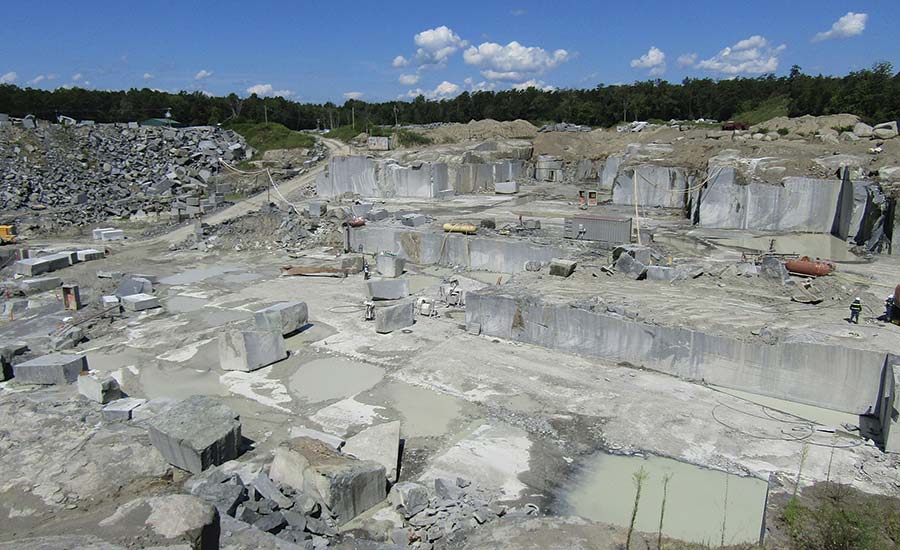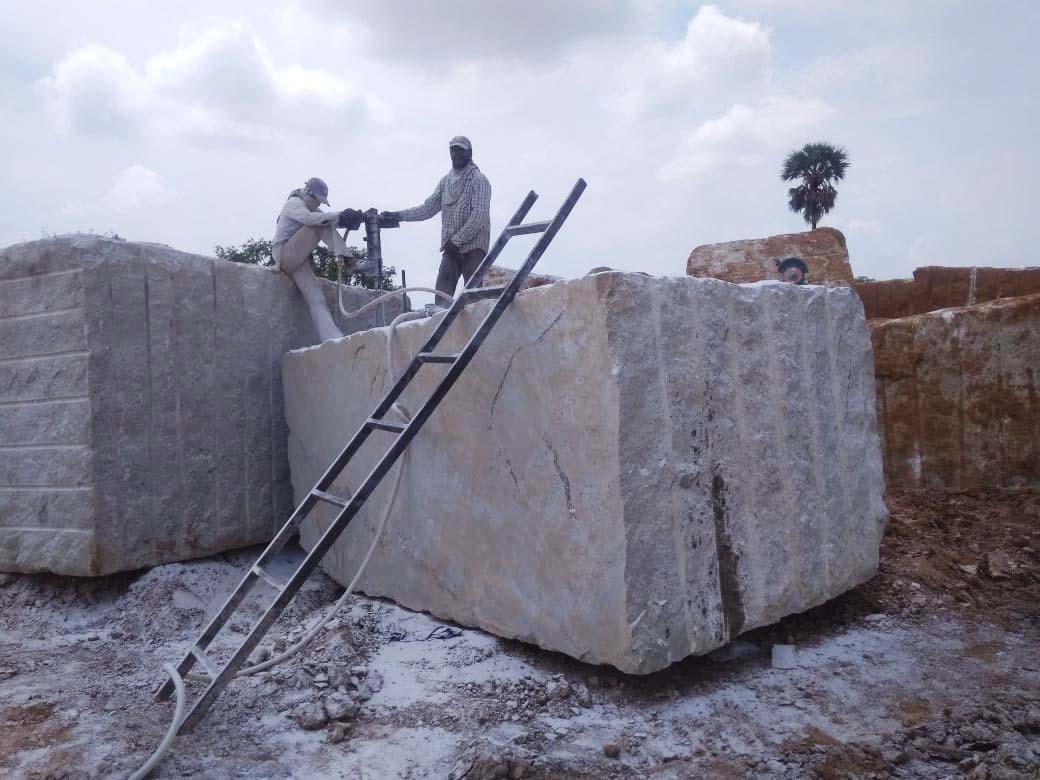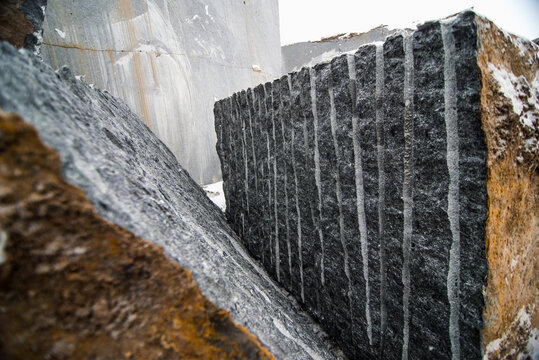The Concealed Treasures: Checking Out Granite Quarries in South Africa
The Concealed Treasures: Checking Out Granite Quarries in South Africa
Blog Article
Discovering the Rich History and Lasting Practices of Granite Quarrying
As we base on the precipice of uncovering the detailed tapestry of granite quarrying, a journey with time exposes not simply the physical act of drawing out stone however likewise the cultural and historical value woven right into the extremely textile of this technique. From the ancient origins that laid the structure for modern quarrying strategies to the lasting methods that are forming the future of this market, each carve mark on granite surfaces informs a tale waiting to be discovered (granite quarries in south africa). The heritage of granite quarrying stretches much beyond mere extraction; it is a testimony to human ingenuity, resilience, and the long-lasting appeal of this marvelous stone
Ancient Beginnings of Granite Quarrying
Dating back to old human beings, the method of quarrying granite has actually been an important part of human history and architectural development. The earliest evidence of granite quarrying go back to old Egypt, where substantial pyramids and complex sculptures were crafted from this durable rock. The Egyptians used primitive tools to draw out granite blocks from quarries, showcasing the significance of this product in their significant buildings.
Relocating onward in history, the Greeks likewise made considerable contributions to the quarrying of granite. The Greeks made use of granite in numerous architectural marvels, such as temples and statuaries, demonstrating their skill in shaping and sculpting this durable stone. The Romans additionally fine-tuned the strategies of quarrying granite, using advanced devices like chisels and hammers to essence and shape granite for their iconic frameworks.
Through the centuries, the practice of quarrying granite has actually evolved, with modern technologies enhancing efficiency while maintaining the classic charm of this natural rock - granite quarries in south africa. From ancient people to contemporary building contractors, the tradition of granite quarrying proceeds to form our globe
Development of Quarrying Strategies
The development of quarrying strategies has been marked by a continual development towards greater effectiveness and accuracy in drawing out granite. Early quarrying strategies involved hand-operated labor with basic tools such as blades, hammers, and wedges to draw out granite blocks from the earth.
In more current times, the advent of machinery revolutionized the quarrying sector, enabling much faster extraction prices and raised performance. Technologies such as ruby cable saws, high-pressure water jets, and pneumatically-driven drills have actually become typical in modern quarries, permitting for specific cutting and minimized waste. In addition, developments in computer-controlled devices and 3D modeling have actually maximized quarrying operations, bring about minimal environmental effect and enhanced sustainability techniques. As the need for granite proceeds to increase, the advancement of quarrying strategies continues to be indispensable to meeting sector requires effectively and sustainably.
Social Significance of Granite
Granite holds an extensive social importance across different worlds due to its long-lasting existence in architectural masterpieces and revered monuments. The social relevance of granite expands beyond its physical characteristics; visit here it symbolizes resilience, security, and eternity, making it a symbol of sustaining heritages and that site practices.

Sustainable Practices in Quarrying
In the middle of the rich history of granite quarrying and its social importance lies an expanding focus on lasting practices within the industry. As environmental awareness and problems about source depletion have actually increased around the world, the quarrying sector has actually progressively embraced lasting approaches to decrease its effect on the setting and bordering communities.

Additionally, this hyperlink reclamation and recovery of quarry websites post-extraction are indispensable to sustainable methods. By bring back quarried locations to an all-natural or useful state, such as creating wild animals habitats or leisure rooms, quarriers can offset the ecological impact of their procedures and contribute positively to the local community.
Legacy of Granite Quarrying
With a historical background soaked in craftsmanship and commercial progress, what sustaining impact has granite quarrying left on the landscape of modern-day culture? The tradition of granite quarrying transcends plain extraction practices; it has formed building wonders, city landscapes, and cultural heritage worldwide. The resilient nature of granite has made it a favored choice for monoliths, buildings, and framework, standing as a testimony to the skill and creativity of quarry workers across generations.
Furthermore, the financial impact of granite quarrying can not be neglected. The market remains to supply job opportunity and drive local economies in regions where granite removal prevails. It has likewise stimulated technological improvements in quarrying techniques and equipment, resulting in a lot more efficient and lasting practices.
In regards to sustainability, the legacy of granite quarrying includes efforts to reduce environmental impacts through reclamation tasks and accountable source administration. By stabilizing economic rate of interests with environmental stewardship, the industry strives to ensure that future generations can remain to benefit from this long-lasting all-natural source.
Conclusion

Report this page